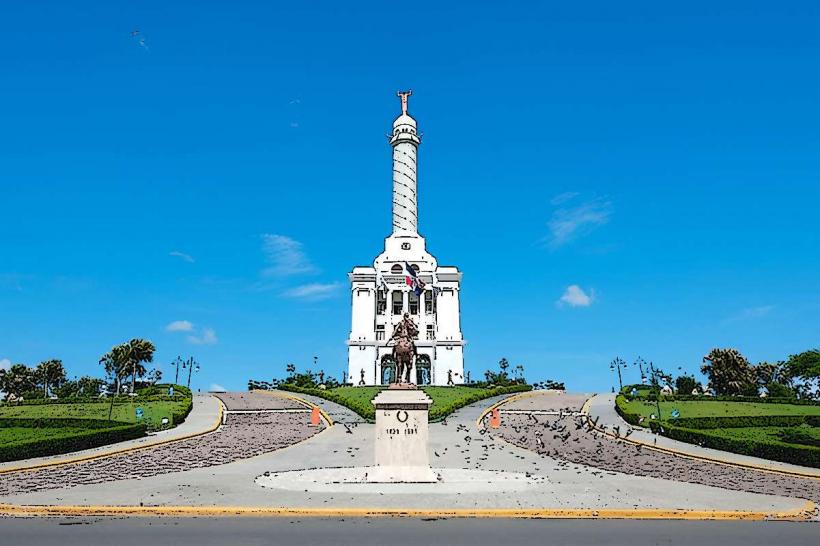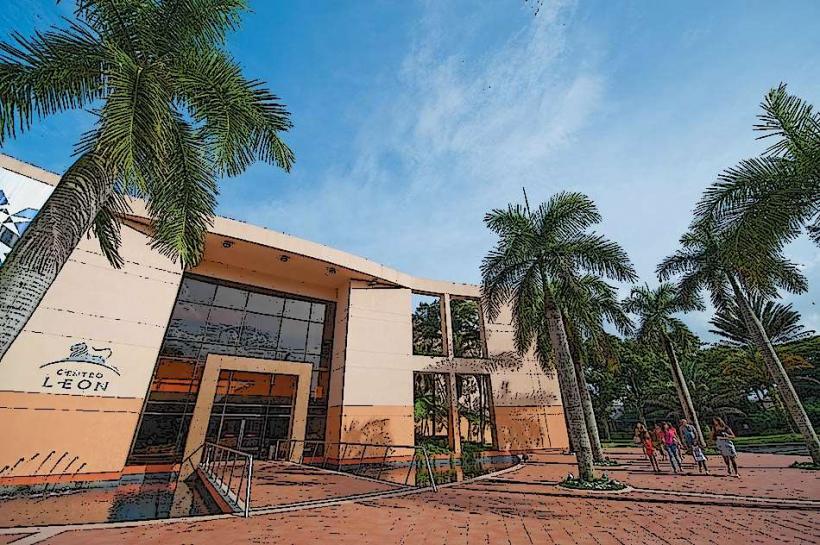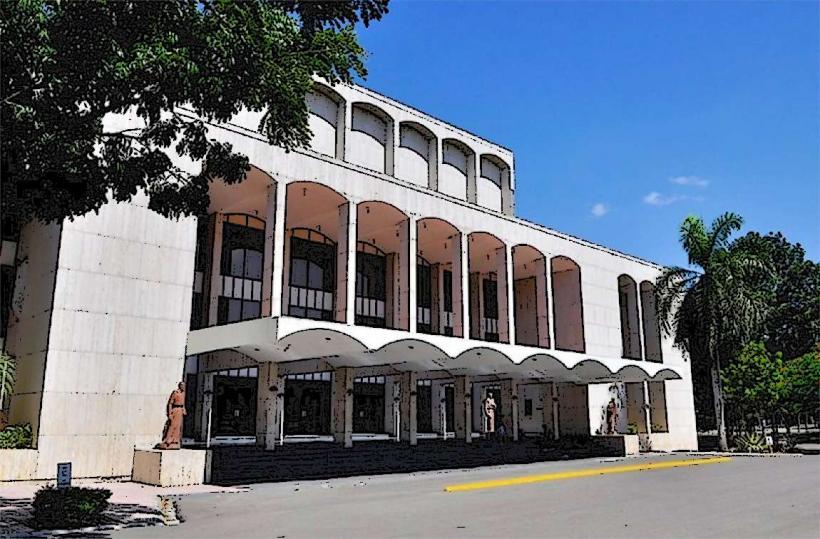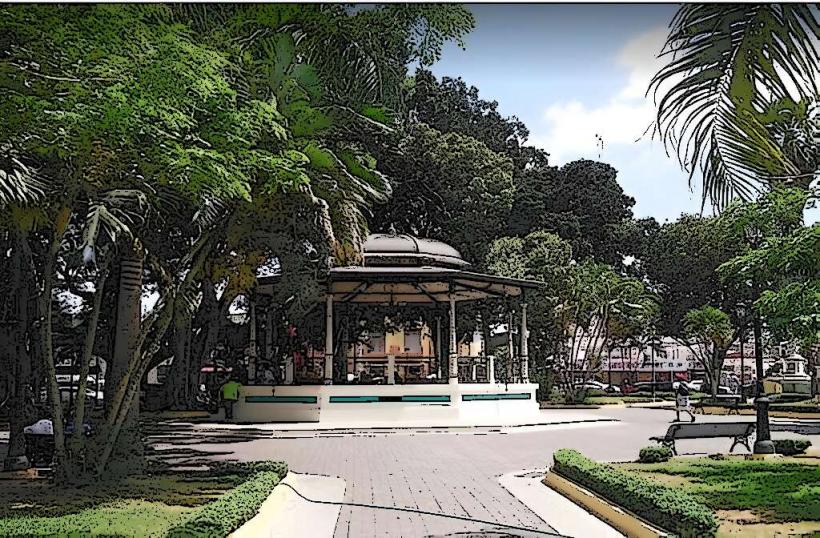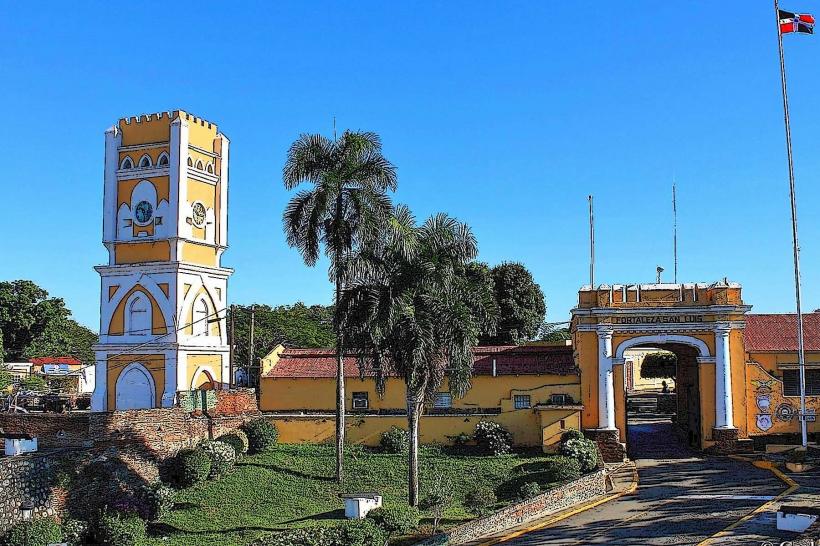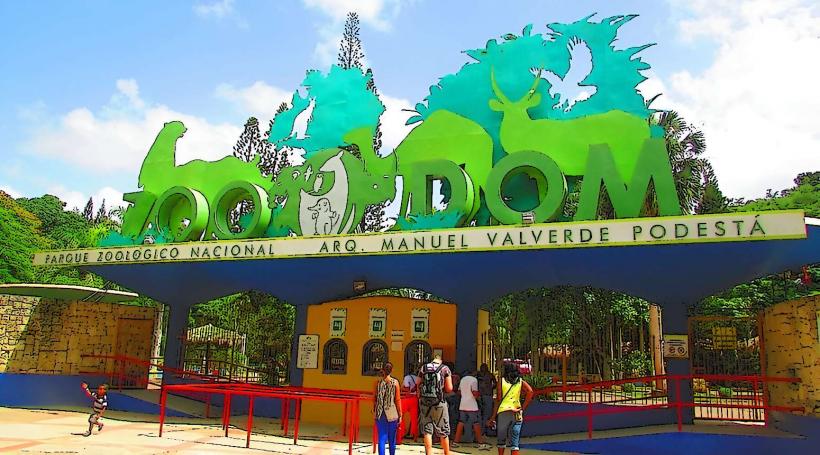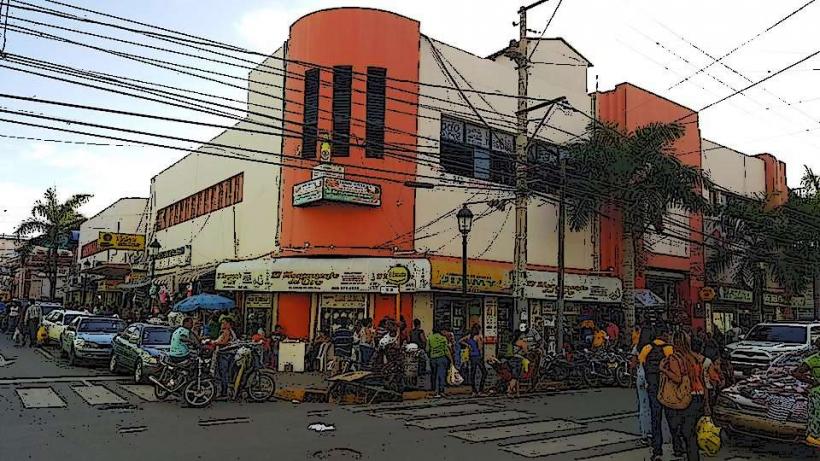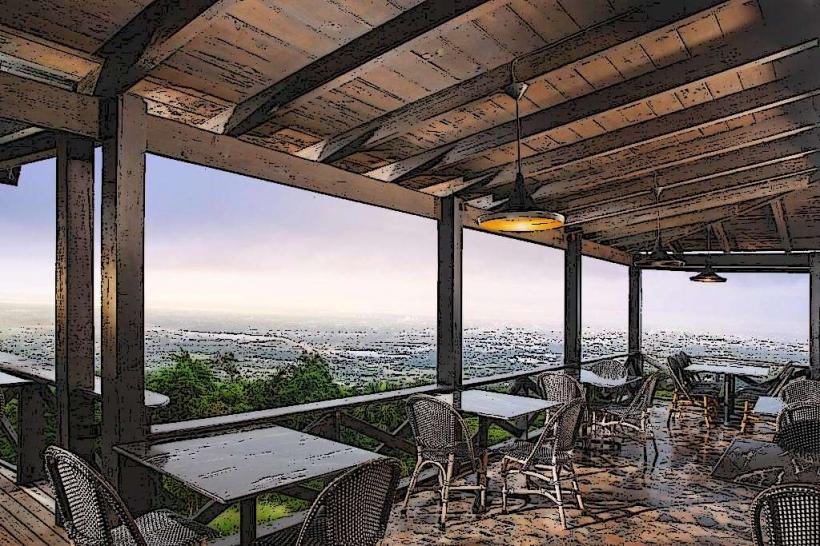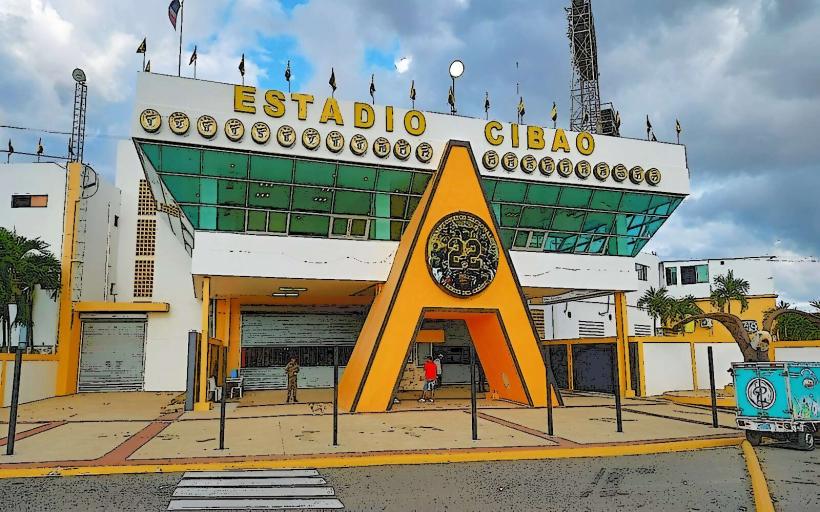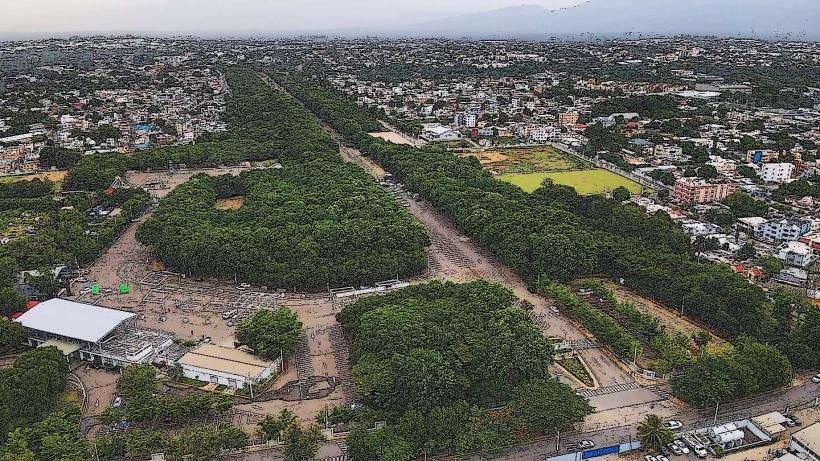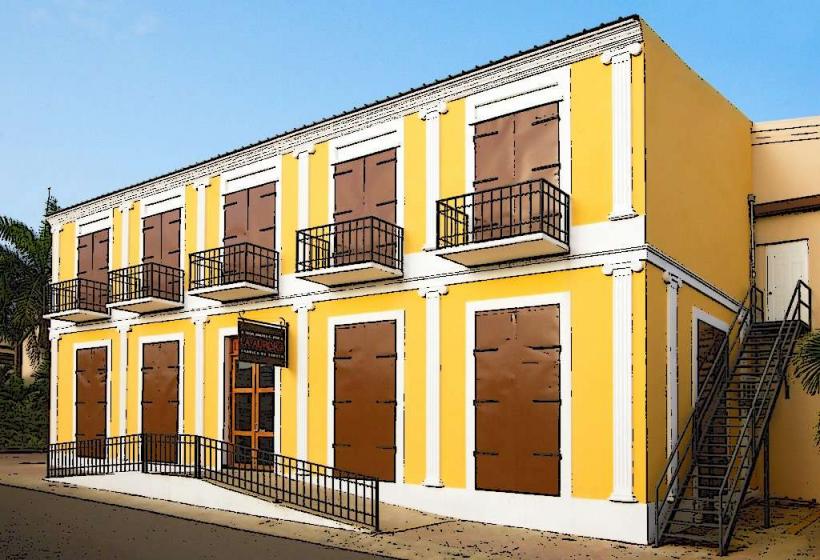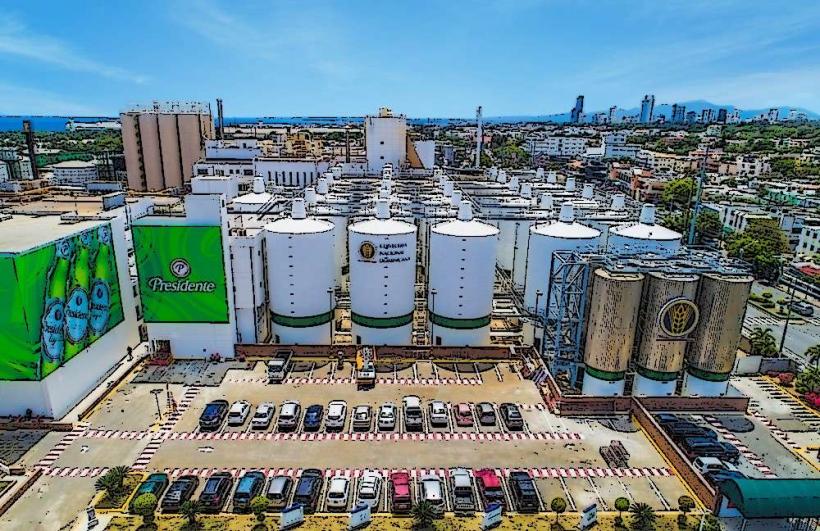Information
Landmark: Catedral de Santiago ApóstolCity: Santiago de los Caballeros
Country: Dominican Republic
Continent: North America
The Catedral de Santiago Apóstol, also known as the Cathedral of Santiago the Apostle, is a historic Roman Catholic cathedral located in Santiago de los Caballeros, Dominican Republic. It is a central landmark in the city, renowned for its religious, architectural, and historical significance.
Historical Background
- Construction: The cathedral was built in stages, beginning in the late 19th century, with significant renovations and expansions occurring throughout the 20th century.
- Dedication: Named in honor of Saint James the Apostle (Santiago Apóstol), the patron saint of Santiago.
- Significance: It is the primary place of worship for the Roman Catholic Archdiocese of Santiago de los Caballeros and an important spiritual center for the Dominican Republic.
Architecture
- Style: The cathedral features a blend of Neo-Gothic and Romanesque architectural styles, with some modern influences added during later renovations.
- Exterior:
- The facade is marked by imposing towers and pointed arches, giving it a distinctive Gothic appearance.
- Stained-glass windows adorn the upper sections, depicting scenes from the life of Christ and various saints.
- Interior:
- The interior is characterized by soaring ceilings, intricate woodwork, and detailed stone carvings.
- A large altar, richly decorated with gold and marble, serves as the focal point of the nave.
- The stained-glass windows inside create a serene and colorful ambiance, particularly during daylight hours.
Religious Significance
- Patron Saint: The cathedral is dedicated to Saint James the Apostle, whose feast day (July 25) is celebrated with special Masses, processions, and community events.
- Community Role: It serves as a venue for major religious ceremonies, including weddings, baptisms, and confirmations, and hosts diocesan events and programs.
Key Features
- Main Altar:
- A beautifully designed centerpiece that incorporates intricate carvings and religious iconography.
- Frequently decorated with seasonal flowers and liturgical ornaments.
- Stained-Glass Windows:
- Created by local and international artisans, these windows depict biblical scenes and Dominican religious history.
- Crypt:
- Houses the remains of notable figures from the local Catholic community, including bishops and priests who served the region.
- Bell Tower:
- The cathedral’s bell tower is an iconic feature, often used during religious festivals and celebrations.
Cultural and Historical Role
- Tourist Attraction: As one of the most significant historical buildings in Santiago, the cathedral attracts visitors interested in Dominican history, religion, and architecture.
- Symbol of Resilience: Over the years, the cathedral has withstood natural disasters, including earthquakes, and remains a symbol of faith and resilience for the people of Santiago.
- Community Gatherings: It serves as a central meeting point during religious festivals and civic celebrations.
Visitor Information
- Location: The cathedral is situated in Santiago’s historic downtown area, adjacent to Parque Duarte, making it easily accessible.
- Hours: Open daily for prayer, Mass, and tours. Guided tours may be available for groups or individuals interested in learning more about its history and architecture.
- Admission: Entry is typically free, though donations are welcomed to support the upkeep of the cathedral.
Events and Activities
- Holy Week: The cathedral plays a central role in Santiago’s Semana Santa (Holy Week) celebrations, including processions and special liturgies.
- Feast of Saint James: Celebrations on July 25 include religious processions, cultural activities, and festive gatherings.
- Christmas and Easter: Hosts elaborate services and decorations, attracting worshippers from across the region.
Legacy
The Catedral de Santiago Apóstol stands as a beacon of faith, history, and culture in Santiago de los Caballeros. Its architectural beauty, historical depth, and spiritual significance make it a must-visit site for anyone exploring the Dominican Republic.




